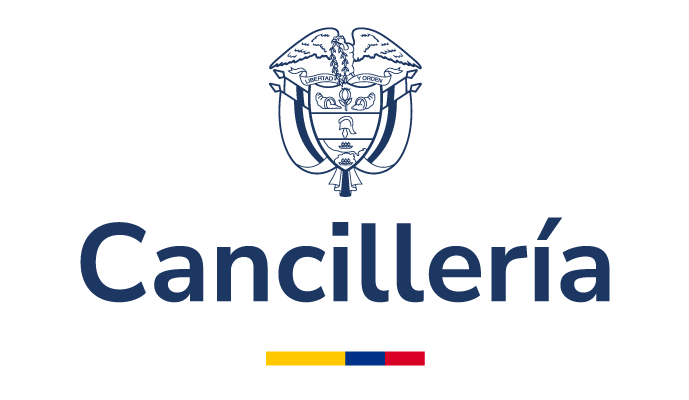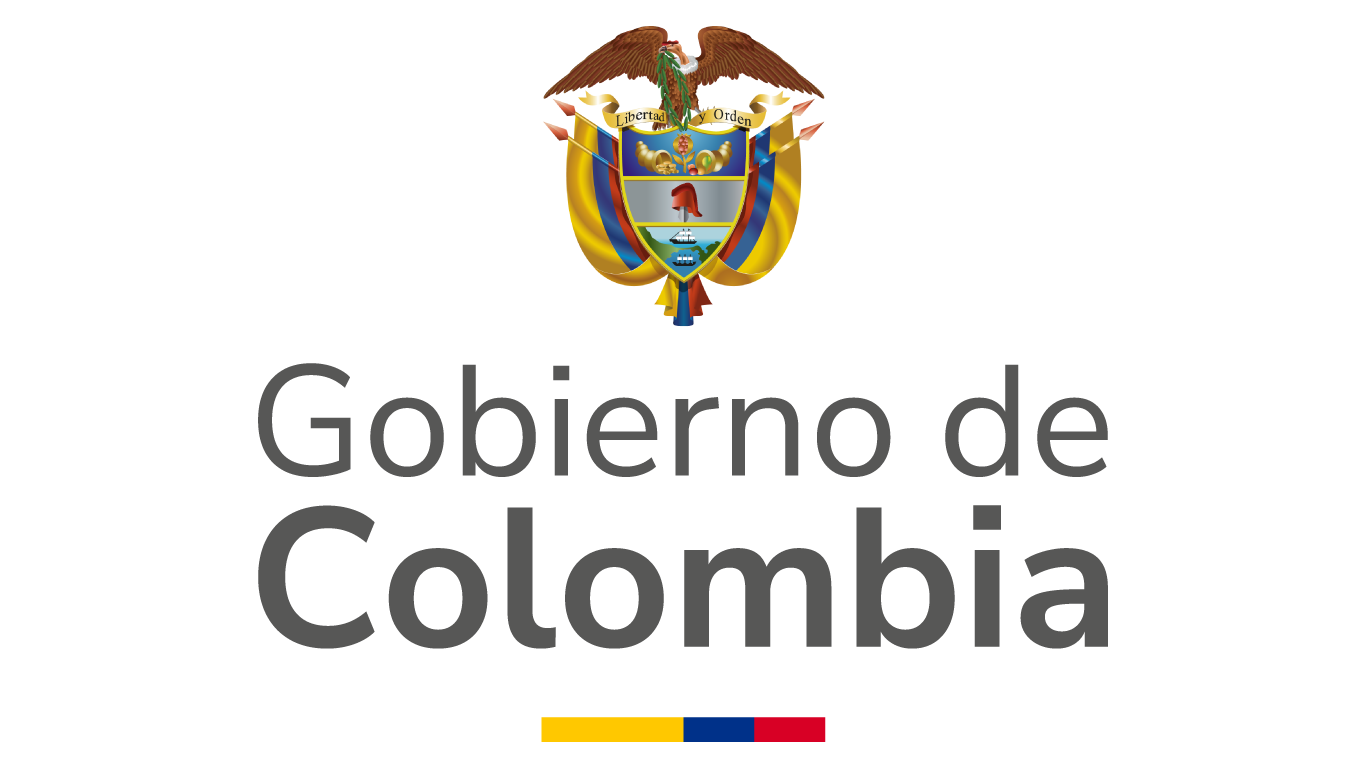Welcome to Colombia, a tropical country of extraordinary diversity and charm. Its varied geography, its history rich in mystery and adventures and its people and cultures have fascinated the world for several centuries.
Famous for its excellent coffee and the purity of its emeralds, Colombia is also the land of the legend of El Dorado and the magical universe of Macondo.
If you have not yet visited Colombia’s official tourism portal
http://www.colombia.travel/es/, we cordially invite you to do so and see all that you have may have missed.
National Flag of the Republic of Colombia

As Colombians, we have every reason to be proud of our country. The contrasts between our natural regions, their extraordinary abundance of flora and fauna, the ethnic diversity of our people and the wealth of our cultural and artistic heritage are among the most important.
Colombians are also reflected in many symbols and icons with which the world identifies us. They are present in our daily life in our celebrations, commemorations and on solemn occasions. They are emblems that signify our pride in being Colombian, our belonging and our origin; they affirm our presence and are our consolation in adversity. They are symbols that unify Colombia in its diversity.
In our flag, yellow signifies wealth, blue our two ocean coastlines and red the blood spilt by our heroes.
Created by General Francisco de Miranda, the Colombian flag flew for the first time on March 12, 1806, at the port of La Vela. Inspired by the primary colors yellow, blue and red, it was officially adopted on November 26, 1861.
Colombia’s National Coat of Arms

The coat of arms of the Republic of Colombia has three horizontal stripes.
The condor, our Andean Mountain bird, symbolizes freedom. It faces forward with wings outstretched and its head turned to the right; hanging from its beak is a garland of laurel leaves and a ribbon holding up the shield and intertwined with the garland. Our national motto Libertad y Orden, meaning Freedom and Order, is engraved in black letters on the gold background of the ribbon.
The upper third, against a blue background, shows an open pomegranate with its stalk and leaves, all in gold, evoking New Granada, the name of Colombia in the XIX Century. On each side is a horn of plenty, the one on the right contains gold and silver coins and the one on the left tropical fruit, symbolizing the wealth and prodigality of our national soil. In the middle, on a background of platinum, is a Phrygian cap, the symbol
of liberty.
On the lower third, with sails unfurled, are two ships, one on either side of the Isthmus of Panama, symbols of the two oceans whose waters bathe our coasts. The unfurled sails allude to Colombia’s world trade. On either side of the shield is a national flag.
National Bird

The Andean condor, our national bird, with its great wingspan and majestic flight, is the largest in the world. It appears on the Colombian Coat of Arms representing patriotic glory.
This national bird is capable of flying 300 kilometers in one day. Its plumage is almost completely black, with metallic specks and a ring of white over the wings and a white collar at the base of the neck. The male birds are red crested.
Cattleya orchid, the national flower

The Cattleya Trianae orchid, colloquially known as the “May Flower” or the “May lily”, has been Colombia’s national flower since 1936. It was named in honor of Colombian naturalist Jose Jeronimo Triana and is typical of the temperate thermal floor (between 1,000 and 2,000 meters above sea level with a temperature of 17-24 degrees centigrade).
National tree

In Quindio, the Coffee Triangle Department, and specifically in the Cocora Valley, is the wax palm (palma de cera), typified by its strength, longevity and its height of up to seventy meters.
Colombian music
The origins of the cumbia are in the dances of Guinea. It arose from the fusion of our Indigenous, African and Hispanic heritage in the region of the River Magdalena delta.
Typifying this fusion of influences, it is danced to the sound of drums and bagpipes by groups of couples, each holding a lit candle in one hand and forming a circle.
The cumbia is the musical rhythm which has traditionally been identified with Colombia in the world.
Today, the sounds of vallenatos and national pop music are protagonists on the world musical scene. Colombian music is a melting pot of trends and rhythms which constantly reinvent themselves.
National sport
Tejo, a modern version of the Muisca Indigenous people’s game of turmequé, has been played on the high plateau of Cundinamarca and Boyaca Departments. It consisted of throwing a gold disk called a zepguagoscua and evolved over the centuries into the game of tejo played today in Colombia and neighboring countries.
Nowadays, it consists throwing an iron tejo inside a metal disc on the edges of which little paper envelopes with gunpowder, called mechas, are placed. The person who causes the most explosions wins the game. It was a custom of the Indigenous peoples to drink chicha, a beverage of fermented corn, while they played, but today, the players’ refreshment is in the form of beer.
National Anthem
The National Anthem was written by Rafael Nuñez and the music is by the Italian composer Orestes Sindici to commemorate the Independence of Cartagena on November 11. Law 33 of October 28, 1920, sanctioned by President Marco Fidel Suárez, made it official.















